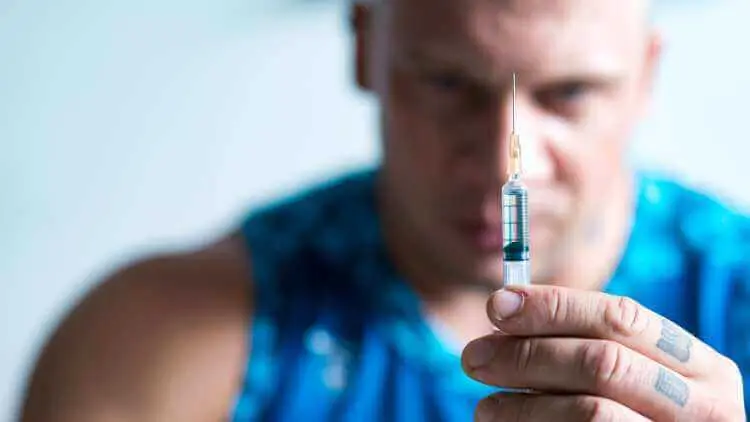(PCT) Post Cycle Therapy for bodybuilders who engages in the use of anabolic steroids during their cycles. The primary objective of PCT is to restore the body’s natural hormonal balance and mitigate any negative side effects that may have occurred due to altered endocrine functions. After the conclusion of a steroid cycle, the body’s natural testosterone production is often suppressed, which can lead to a host of undesirable effects if not properly addressed. PCT protocols are designed to aid in the recovery of the hypothalamic-pituitary-gonadal axis, ensuring that the body resumes its natural production of hormones.
Understanding the various components and the correct implementation of a PCT plan is vital for anyone looking to maintain health and muscle gains post-cycle. A well-structured PCT regimen typically includes pharmaceuticals like Selective Estrogen Receptor Modulators (SERMs), Aromatase Inhibitors (AIs), and sometimes human chorionic gonadotropin (hCG), each serving a specific purpose in the recovery process. Essentially, these compounds work together to stimulate the body to produce testosterone naturally and control estrogen levels to prevent side effects such as gynecomastia. Lifestyle factors also play a significant role during PCT, where diet, exercise, and adequate rest are crucial in supporting an effective hormonal recovery.
Quick Summary
- PCT is essential for restoring hormonal balance after a steroid cycle.
- A PCT regimen includes pharmaceuticals to stimulate natural testosterone production.
- Lifestyle factors contribute to the effectiveness of hormonal recovery during PCT.
Understanding Post Cycle Therapy

Post Cycle Therapy (PCT) is an essential process for bodybuilders who have been utilizing steroids during their cycles. It aims to restore the body’s natural hormone balance and mitigate any long-term health impacts associated with steroid use.
The Role of PCT in Bodybuilding
PCT is a protocol employed after a bodybuilder completes a cycle of anabolic steroids. The primary goal of PCT is to accelerate the recovery of the body’s natural production of hormones, particularly testosterone. When bodybuilders use steroids, their natural hormone production can be significantly suppressed, and PCT is the process to counteract this. The components of a PCT regimen may include:
- Selective Estrogen Receptor Modulators (SERMs): These help to block the effects of estrogen and can stimulate the hypothalamic-pituitary-gonadal axis (HPG axis) to restart natural testosterone production.
- Aromatase Inhibitors (AIs): These reduce the conversion of testosterone into estrogen, which helps to maintain testosterone levels and prevent side effects related to high estrogen levels.
Impact of Steroids on Hormone Levels
Steroids have a profound effect on hormone levels in the body, particularly testosterone and estrogen. When a bodybuilder takes anabolic steroids, they artificially increase their testosterone levels, which can lead to a corresponding increase in estrogen levels through a process known as aromatization. This imbalance can result in:
- Suppressed natural testosterone production: The presence of high levels of artificial testosterone can signal the body to cease its own production.
- An elevation in estrogen levels: A byproduct of synthetic testosterone can be transformed into estrogen, which may lead to unwanted side effects such as gynecomastia or water retention.
Effective PCT protocols are therefore crucial to restore natural testosterone production and balance estrogen levels after the completion of a steroid cycle.
References
Key Components of PCT
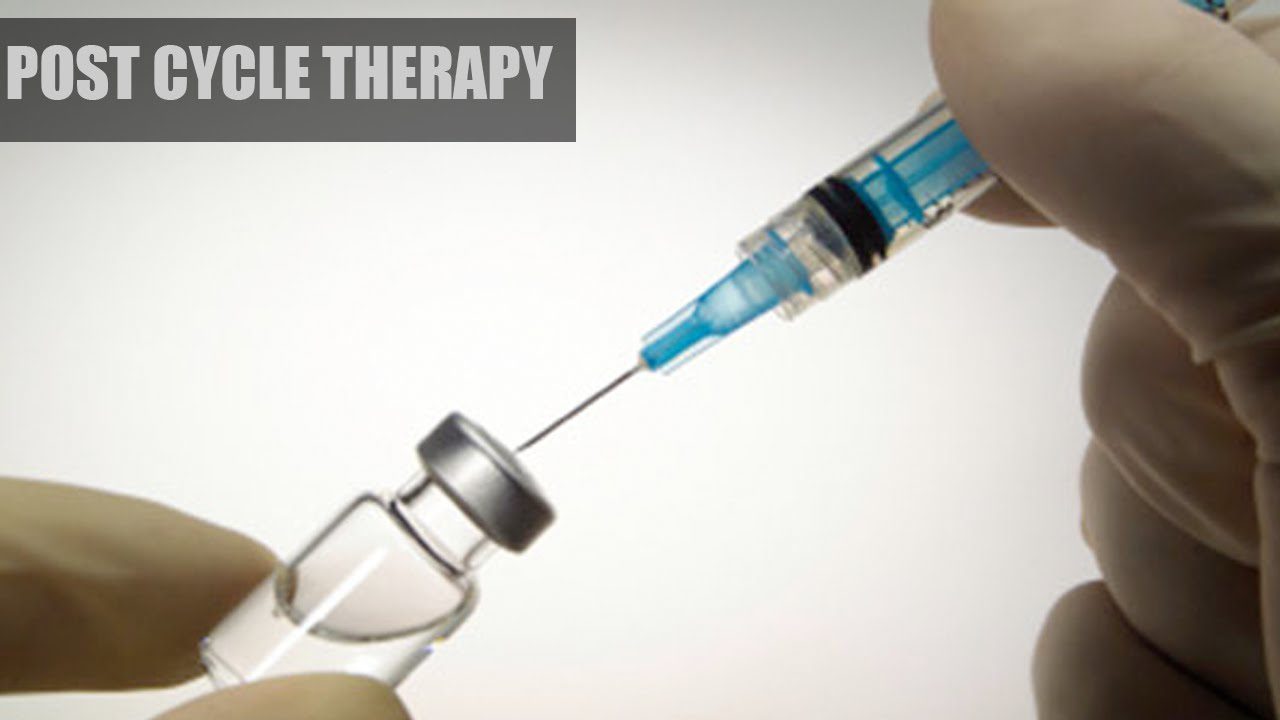
Post Cycle Therapy (PCT) is an essential process that bodybuilders use following a cycle of anabolic steroid or prohormones to restore the body’s natural hormone levels. This recovery phase integrates specific medications to mitigate estrogenic side effects, stimulate natural testosterone production, and normalize physiological functions.
Selective Estrogen Receptor Modulators (SERMs)
SERMs such as Clomid (clomiphene) and Nolvadex (tamoxifen) are pivotal to PCT. They function by binding to estrogen receptors, thereby preventing estrogen from exerting its effects, which is crucial for mitigating side effects associated with excess estrogen.
- Clomid (clomiphene citrate): Often used to stimulate the pituitary gland to release more luteinizing hormone (LH) and follicle-stimulating hormone (FSH), leading to increased testosterone production.
- Nolvadex (tamoxifen): Primarily used for its ability to hinder the effects of estrogen and aid in the prevention of gynecomastia and other estrogen-related side effects.
Aromatase Inhibitors (AIs)
Aromatase Inhibitors such as Arimidex (anastrozole), Letrozole, and Arimistane are crucial as they inhibit the aromatase enzyme, which is responsible for converting testosterone into estrogen.
- Arimidex (anastrozole): It is effective in reducing estrogen synthesis and is often used in PCT to manage estrogen levels.
- Letrozole: Utilized for its potent capability to lower estrogen levels and is sometimes preferred in severe cases of estrogenic side effects.
Other Medications
Other medications such as HCG (Human Chorionic Gonadotropin) may also be included in PCT protocols. HCG mimics LH and can be used to stimulate testes to produce testosterone, which is especially useful in preventing testicular atrophy during PCT.
PCT Protocols and Implementation
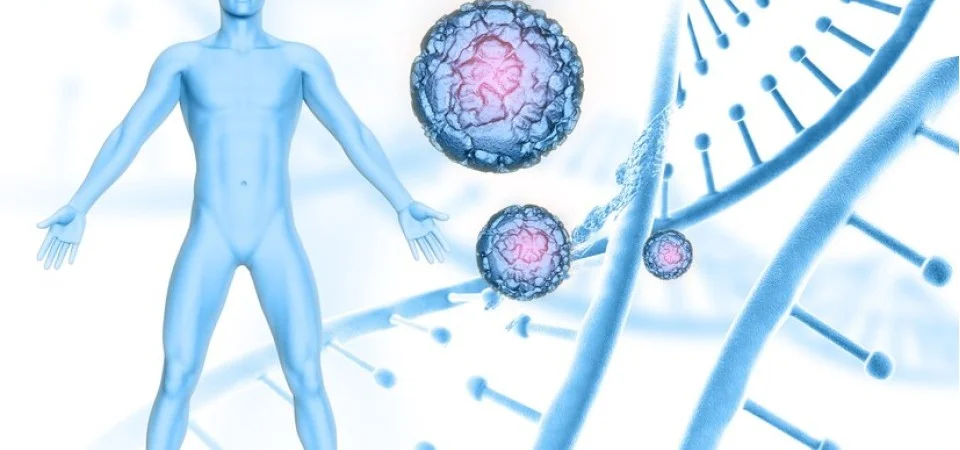
Post Cycle Therapy (PCT) is crucial for bodybuilders after a steroid cycle to stimulate natural testosterone production and mitigate side effects. Properly timed dosage and supportive supplements are key to effective recovery.
Standard PCT Cycles
Standard PCT cycles typically involve the use of drugs like Clomid (clomiphene citrate) and Nolvadex (tamoxifen citrate). These Selective Estrogen Receptor Modulators (SERMs) are employed to block estrogen effects, thereby promoting the natural production of testosterone. A standard PCT cycle generally follows this structure:
- Week 1-2: Clomid 50mg/day, Nolvadex 40mg/day
- Week 3-4: Clomid 25mg/day, Nolvadex 20mg/day
The duration of PCT cycles often ranges from 4 to 6 weeks, depending on the length and intensity of the steroid cycle completed.
Drug Dosage and Timing
The effectiveness of PCT relies heavily on the precise timing and dosage of the drugs used.
- Clomid: Initiation of Clomid typically starts within a week after cessation of a steroid cycle. A common approach is to begin with a higher dose that is then tapered down.
- Nolvadex: Similar to Clomid, Nolvadex dosage typically starts high and decreases over the course of the PCT.
Human Chorionic Gonadotropin (hCG) may also be used before starting SERMs to simulate the function of LH (Luteinizing Hormone) and kick-start testicular testosterone production.
| Drug | Initial Dosage | Subsequent Dosage | Duration |
|---|---|---|---|
| Clomid | 50mg/day | 25mg/day | 4 weeks |
| Nolvadex | 40mg/day | 20mg/day | 4 weeks |
Supplemental Support
In addition to pharmaceutical PCT protocols, incorporating certain supplements can aid in recovery. Key supplements include:
- Zinc and Magnesium: Essential minerals that support testosterone production.
- D-Aspartic Acid: An amino acid that may help in increasing natural testosterone levels.
- Milk Thistle: Supports liver health, which is particularly important after a steroid cycle.
- N-Acetyl Cysteine (NAC): An antioxidant that may help with liver function and support detoxification processes.
Incorporating a well-planned diet rich in these nutrients, along with supplementation, is advised for optimal recovery during PCT.
References
Managing Side Effects and Risks
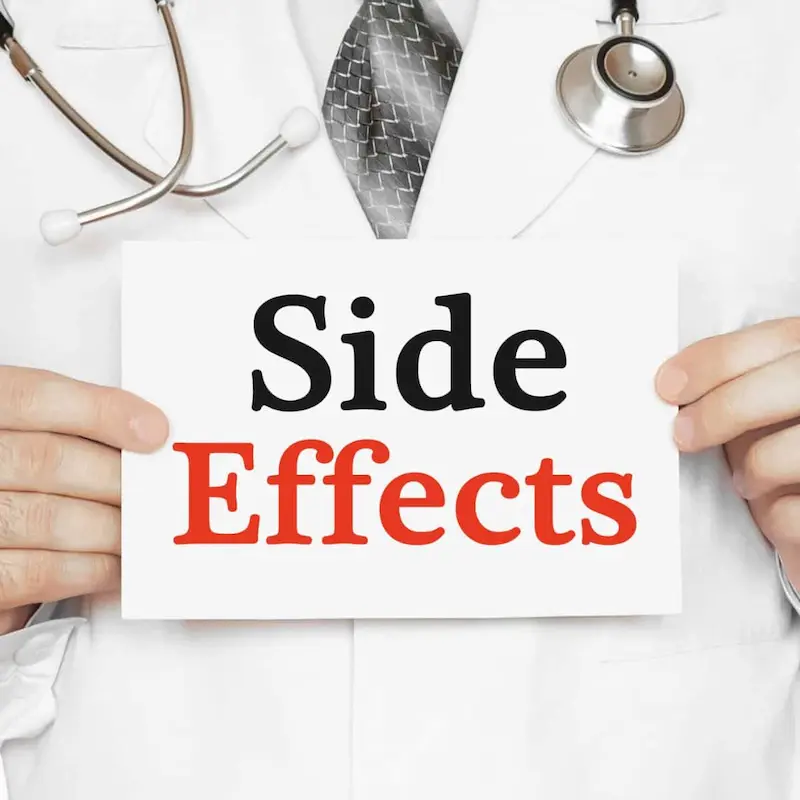
Post Cycle Therapy (PCT) is crucial for bodybuilders to mitigate the side effects and risks associated with the cessation of anabolic steroids. Accurate management can prevent complications and promote hormonal balance.
Common PCT Complications
Bodybuilders may experience a range of side effects during PCT. Estrogenic side effects are common, where an imbalance between testosterone and estrogen levels may lead to issues like gynecomastia and water retention. Other potential side effects include:
- Acne
- Mood swings
- Headaches
- Hot flashes
To reduce these risks:
- Use Selective Estrogen Receptor Modulators (SERMs) to combat estrogenic side effects.
- Implement aromatase inhibitors if symptoms of gynecomastia occur.
- Foster skin health through proper hygiene to mitigate acne breakouts.
Monitoring and Adjusting Therapy
It’s critical for individuals to monitor their body’s response to PCT and make necessary adjustments. Regular blood tests can help track:
- Liver enzymes (to assess liver health)
- Hormone levels (estrogen and testosterone)
Adjustments might include:
- Modifying SERM or aromatase inhibitor dosages.
- Integrating supplements to support liver health.
- Addressing mood fluctuations with stress management techniques.
Blood work should guide therapy alterations, ensuring that the PCT protocol aligns with the body’s current needs.
References
- Selective Estrogen Receptor Modulators (SERMs) information: https://www.ncbi.nlm.nih.gov/books/NBK554643/
- Aromatase inhibitors and their use: https://www.ncbi.nlm.nih.gov/pmc/articles/PMC3143911/
- Impacts of anabolic steroids on the liver: https://www.ncbi.nlm.nih.gov/pmc/articles/PMC3905495/
Lifestyle Considerations During PCT
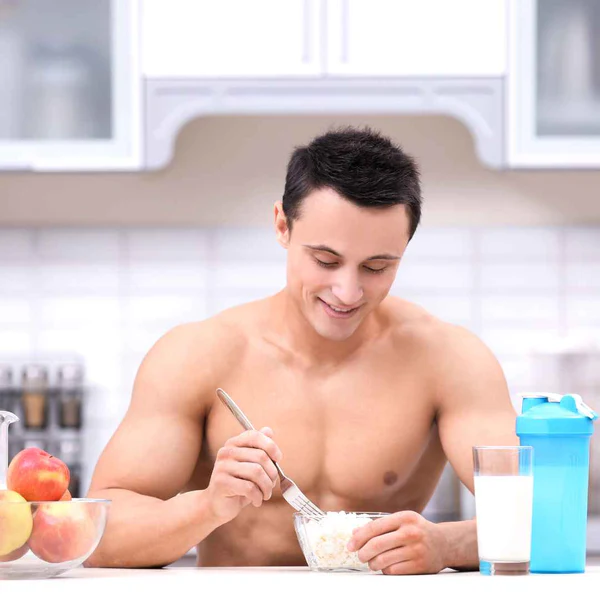
Post Cycle Therapy (PCT) is a critical phase for bodybuilders aiming to stabilize hormones and preserve muscle gains following a cycle of performance-enhancing drugs. Adequate nutrition, exercise, rest, and recovery are essential to maximizing the effectiveness of PCT.
Nutrition and Exercise
Nutrition: During PCT, a bodybuilder’s diet should focus on maintaining muscle mass while also aiding hormonal balance. This requires a well-structured nutritional plan that includes:
- Proteins: Essential for muscle repair and growth. Sources include chicken, fish, eggs, and plant-based proteins like beans and lentils.
- Carbohydrates: Provide energy for workouts and daily activities. Opt for complex carbohydrates such as whole grains, fruits, and vegetables.
- Fats: Support hormone production. Favor healthy fats found in nuts, seeds, avocados, and fish oil.
- Micronutrients: Vitamins and minerals are crucial for bone density and overall health. Incorporate a variety of colorful vegetables and fruits.
Exercise: Training should adjust to the body’s reduced ability to sustain high-intensity workouts post cycle. A recommended approach is:
- Reduced Volume: Fewer sets and reps can help prevent overtaxing the recovery system.
- Moderate Intensity: Aim for 60-70% of one’s maximum lifting capacity to maintain strength without overwhelming the body.
- Flexibility Training: Incorporate stretching or yoga to improve recovery and reduce the risk of injury.
Rest and Recovery
Rest: Quality sleep is paramount; it’s when growth hormone secretion peaks, aiding in repair and recovery. Bodybuilders should aim for:
- 7-9 hours of uninterrupted sleep per night.
- Dark, cool sleeping environment, free from electronic disruptions.
Recovery: Recovery during PCT isn’t limited to sleep; it also includes active recovery techniques, which are vital for maintaining muscle mass and strength, such as:
- Light Cardio: Gentle activities like walking or cycling can enhance blood flow to muscles without causing excess strain.
- Muscle Therapy: Massage, foam rolling, and other soft tissue treatments can help increase flexibility and blood circulation.
In conclusion, a bodybuilder’s post-cycle phase should encompass a strategic approach to diet and exercise tailored for recovery, along with restorative sleep and active recovery methods to protect muscle mass and overall wellbeing.
The Science of Hormonal Recovery
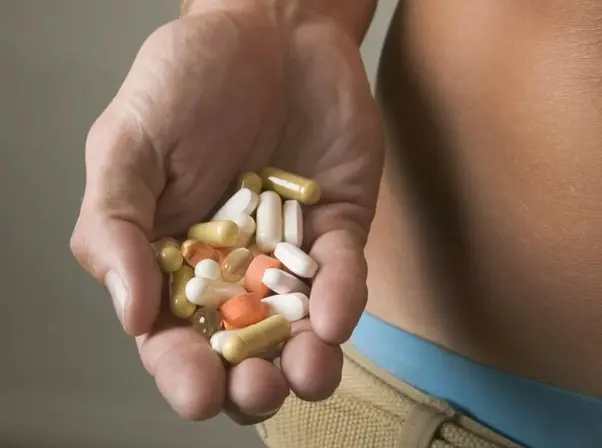
Post Cycle Therapy (PCT) is integral for bodybuilders after the use of anabolic steroids to help restore hormonal balance and mitigate long-term health risks. The primary goal of PCT is to kickstart the body’s natural testosterone production which is often suppressed during steroid use. Proper hormonal recovery demands a sound understanding of the endocrine system and strategic interventions to encourage physiological restoration.
Reestablishing Natural Testosterone Production
The suppression of natural testosterone production is a common side effect when bodybuilders use anabolic steroids. Testosterone is crucial for maintaining muscle mass, bone density, and overall well-being. Pituitary gland function plays a key role in hormonal balance, as it secretes luteinizing hormone (LH) and follicle-stimulating hormone (FSH), both of which are vital for stimulating the testes to produce testosterone.
- Luteinizing Hormone: Triggers the Leydig cells in the testes to produce testosterone
- Follicle Stimulating Hormone: Critical for sperm production
A well-structured PCT plan often includes medications such as selective estrogen receptor modulators (SERMs) that help to restart the natural testosterone production by promoting the release of LH and FSH from the pituitary gland. It is imperative for individuals to consult a healthcare professional before starting PCT to tailor the recovery process to their specific hormonal profile.
Long-Term Health Considerations
Maintaining hormonal balance after the cessation of anabolic steroids is vital for long-term health. Elevated or diminished testosterone levels can have significant effects on the body, including but not limited to, cardiovascular issues, mood fluctuations, and changes in metabolism. An effective PCT program aims to normalize testosterone levels to reduce these risks.
Key components to monitor during PCT include:
- Hormone levels: Regular blood tests to measure testosterone, LH, and FSH levels
- Health markers: Continuous assessment of liver, heart, and metabolic health
Continuous monitoring can help bodybuilders make informed adjustments to their PCT regimen under the guidance of healthcare professionals, ensuring that both immediate and long-term health considerations are appropriately managed.
References
Frequently Asked Questions

This section provides answers to common questions about Post Cycle Therapy protocols, medications, dosages, benefits, and potential side effects for bodybuilders who have used steroids.
What are the most effective PCT regimens to maintain muscle gains after steroid use?
The effectiveness of a PCT regimen often depends on the specific steroid cycle used. Commonly, a combination of drugs like Clomid (clomiphene citrate), Nolvadex (tamoxifen citrate), and HCG (human chorionic gonadotropin) is recommended to help sustain muscle gains by restoring natural hormone levels.
How does Nolvadex function in Post Cycle Therapy for bodybuilders?
Nolvadex functions as a Selective Estrogen Receptor Modulator (SERM) that blocks estrogen’s effects in the body. It encourages the release of luteinizing hormone and follicle-stimulating hormone, which in turn stimulates natural testosterone production, crucial for bodybuilders recovering from steroid use.
What Post Cycle Therapy dosages are typically recommended for bodybuilders?
The recommended dosage for PCT varies; however, Clomid is often taken at 50-100mg per day and Nolvadex at 20-40mg per day, usually starting within a week after the end of a steroid cycle. The duration and dosages can depend on the length of steroid use and the types of steroids taken.
In what ways does Post Cycle Therapy help in restoring testosterone levels?
PCT helps restore testosterone levels by stimulating the hypothalamus and pituitary gland to release hormones that trigger natural testosterone production. It is critical in preventing the effects of hypogonadism and helps maintain the results acquired from steroid cycles.
Can you discuss the potential side effects associated with Post Cycle Therapy?
Potential side effects of PCT can include mood swings, acne, hair loss, and gynecomastia. It should be noted that these side effects vary from individual to individual and largely depend on the PCT substances used as well as the individual’s response to them.
How important is Post Cycle Therapy in a bodybuilder’s steroid cycle treatment plan?
Post Cycle Therapy is considered essential in any steroid cycle treatment plan. It allows for the body to restore its natural hormone balance, thereby preventing undesirable side effects such as muscle loss, fat gain, and decreased libido that can occur when exogenous steroids are discontinued.
References
- “Post Cycle Therapy (PCT).” Evolutionary.org. Retrieved from https://www.evolutionary.org/steroids/post-cycle-therapy/
- “Nolvadex (Tamoxifen Citrate).” National Center for Biotechnology Information. Retrieved from https://www.ncbi.nlm.nih.gov/
Dr. Grant Fourie, a specialist in male hormones, is based in Cape Town, South Africa. He provides comprehensive treatments for conditions related to low testosterone, such as erectile dysfunction, fatigue, and mood changes. His methods include hormone replacement therapy and other modern treatment options.
Contact me via email or phone to book personal appointment in my clinic: The Village Square, Cape Town - South Africa


